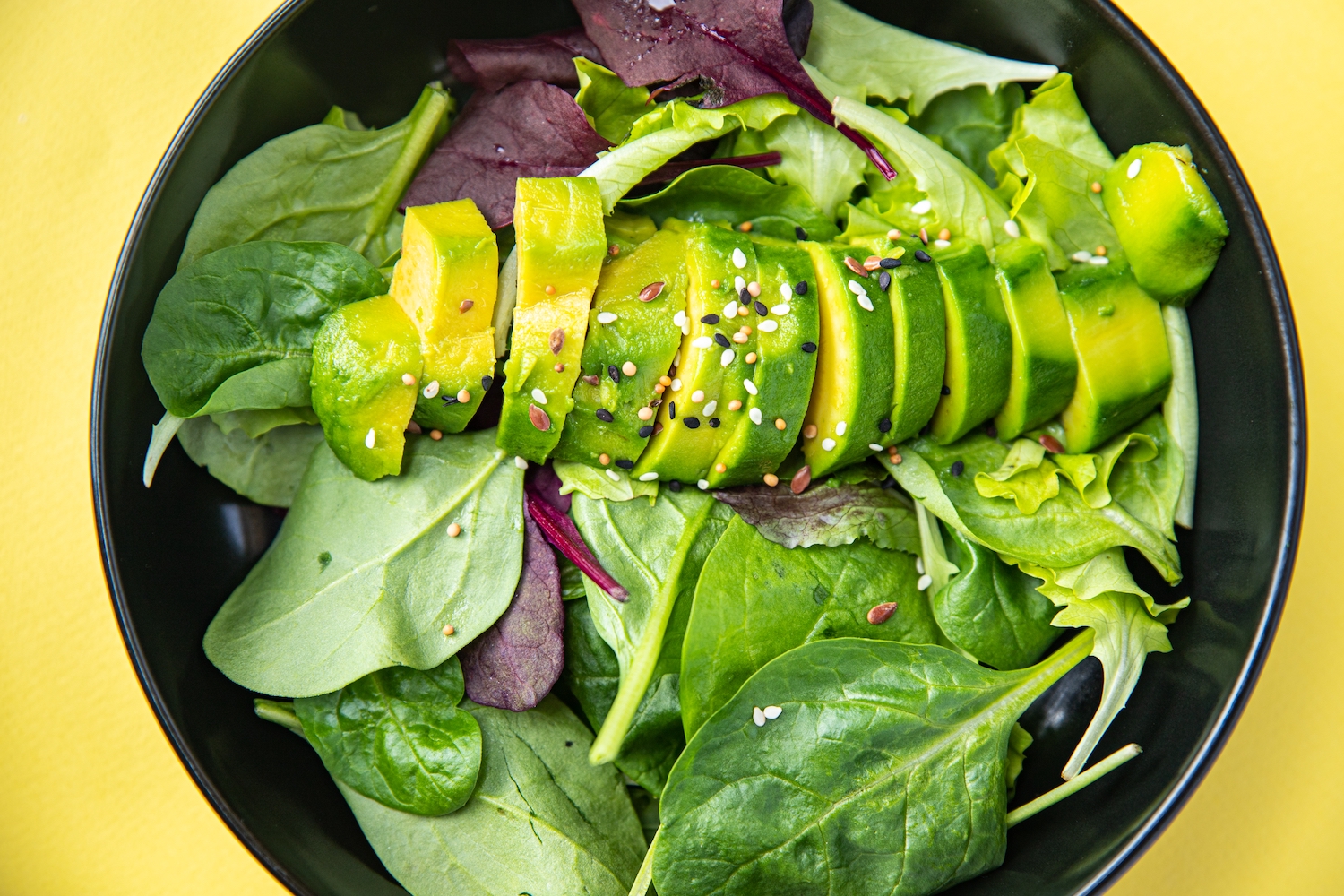The Comeback of Healthy Fats

For years, we were told that fats were bad. Supermarket shelves were filled with low-fat and light products, while full-fat options like butter and 10% Greek yoghurt were considered off-limits. However, research increasingly shows that full-fat products actually contribute positively to your health – and that light products are not as harmless as they seem. It's time for the comeback of healthy fats!
One of the biggest misconceptions about losing weight is that you simply need to eat fewer calories than you burn. While this may sound logical in theory, it is often unsustainable in practice. Caloric restriction slows down your metabolism, especially after your 20s and 30s. Moreover, reducing calories increases hunger and cravings, forcing you to constantly rely on willpower. The result? A yo-yo effect where lost weight quickly returns.
Not all calories are the same – and insulin plays a crucial role in how your body processes them. Insulin is the hormone that determines whether your body stores or burns fat. Carbohydrates have the most significant impact on insulin, protein has a moderate effect, and fats are virtually neutral. By lowering your insulin levels, your body can start burning fat for energy. This means that by reducing your carbohydrate intake, you gain easier access to your fat reserves.
When you eat fewer carbohydrates, your body switches to burning fat for energy. This process, known as ketosis, usually begins after 2 to 3 days of carbohydrate restriction. After about 2 to 3 weeks, your body becomes fully 'fat-adapted,' meaning it efficiently burns fat as its primary fuel source. Fat provides more than twice the energy of glucose and keeps you feeling full for longer, reducing hunger between meals.
Healthy fats, such as those found in butter, avocados, nuts, and fatty fish, are essential for a balanced diet. They support hormone regulation, aid in the absorption of fat-soluble vitamins (A, D, E, and K), and provide long-lasting energy. Additionally, they can help reduce visceral fat – the dangerous abdominal fat surrounding your organs – which is often stubborn with traditional diets.
To get your body into ketosis, you need to adjust your macronutrient intake: approximately 5% of your calories from carbohydrates, 20% from protein, and 75% from fat. Choose nutrient-rich options like coconut oil, eggs, olive oil, and full-fat dairy products. By opting for natural, unprocessed fats, you give your body the fuel it needs to function optimally.
The days when fat was the enemy are over. Full, healthy fats are making a comeback – and for good reason. They support your metabolism, reduce hunger, and help your body burn fat more efficiently. By shifting your focus from counting calories to regulating insulin and choosing the right fats, you not only work toward a slimmer body but also improve your long-term health.

